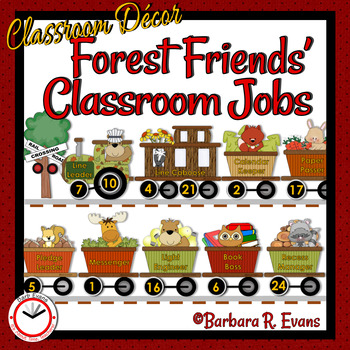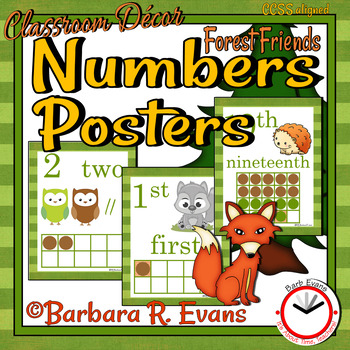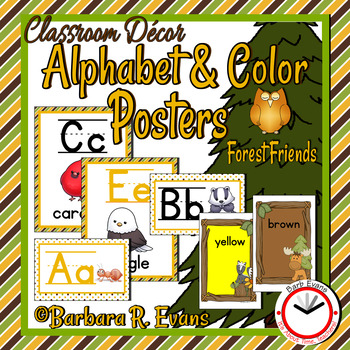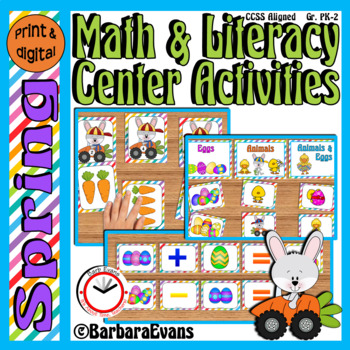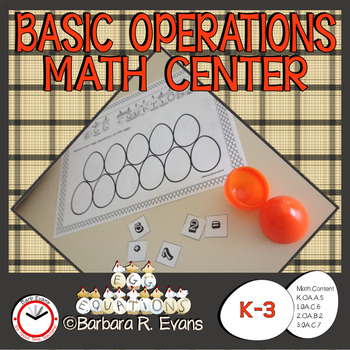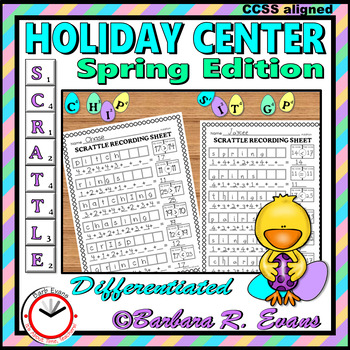Winter brings mitten weather. So what could be better for your primary classroom than a study of THE MITTEN? I love to immerse my class in all things mitten while we study various versions of this Ukranian folktale.
We begin our week long study by reading all the versions of the folktale I can find. The above 3 are available in my library. Then I provide a plethora of materials with the mitten theme.
One of my favorite winter bulletin board displays is this one:
It is not only a winter display, but provides an awesome math center, anchor activity, sponge activity, enrichment, &/or fast finishers' challenge. Learn more about it from this video:

This thematic unit has literacy centers, math centers and printables. It is available on TPT Easel for digital learning. Explore its offerings by watching this video:
Mitten math centers include:
 Practice number sense and numeracy with Mitten Math. It is available on TPT Easel for digital learning.
Practice number sense and numeracy with Mitten Math. It is available on TPT Easel for digital learning. This video explains its numeracy activities:
Glyphs are always popular with my learners. This activity also provides a fun display. Watch the video to see what it offers:
Although my curriculum map does not include graphing at this time of year, I like to spiral my students' exposure to these skills. This product offers 9 graphing sets with differentiation built in. Video follows:
Latin Squares combine math & critical thinking. They are open ended activities that can challenge even the most gifted of students. This product is available on TPT Easel for digital learning. Learn more here:
Mitten literacy centers include:
Establish a literacy center focused on antonyms and synonyms. It's 2 centers in one and it is available on TPT Easel for digital learning. Here's a video introduction:
Matching Mittens gives practice with onset & rime. This center is differentiated to give more challenge to those who need it. It,too, is available on TPT Easel for digital learning. See it in action here:
Sight word practice is always beneficial. These color-by-word printables with delight your pupils. See more about them with this video:
You can also exercise CRITICAL THINKING while studying The Mitten. Mitten Square Puzzlers are learning disguised as fun. They, too, provide varying levels of challenge for differentiation. To see how they work, watch this:

























